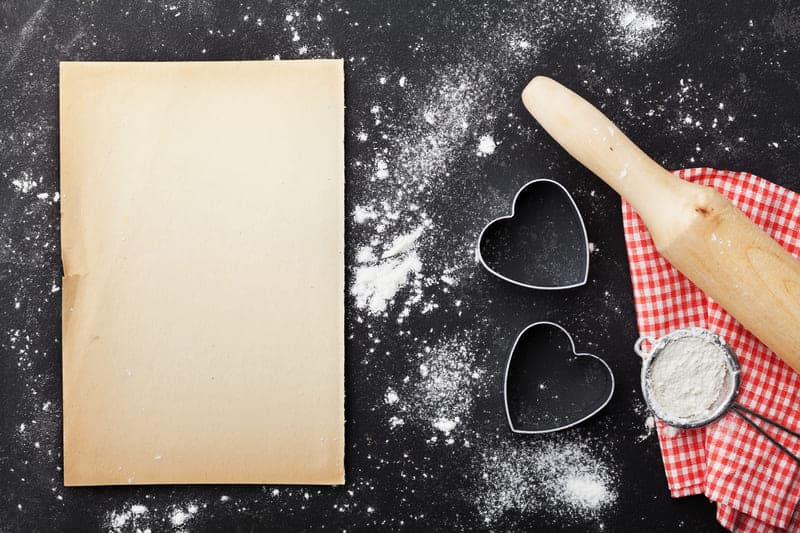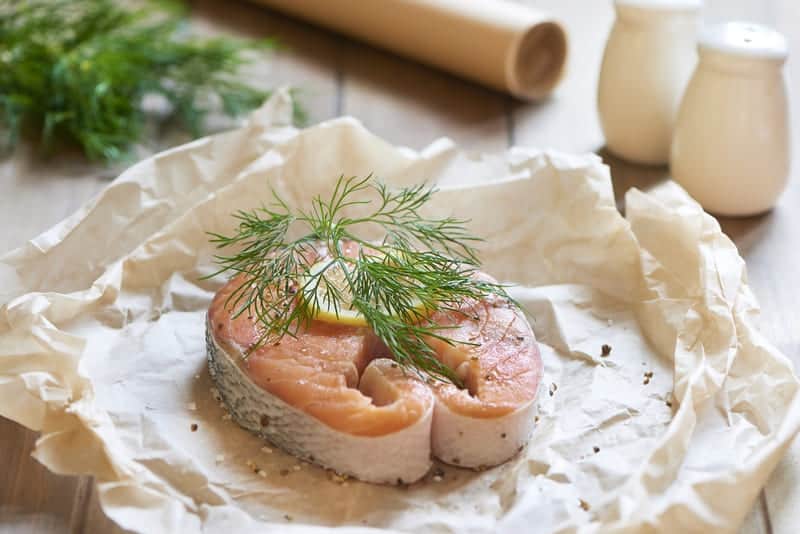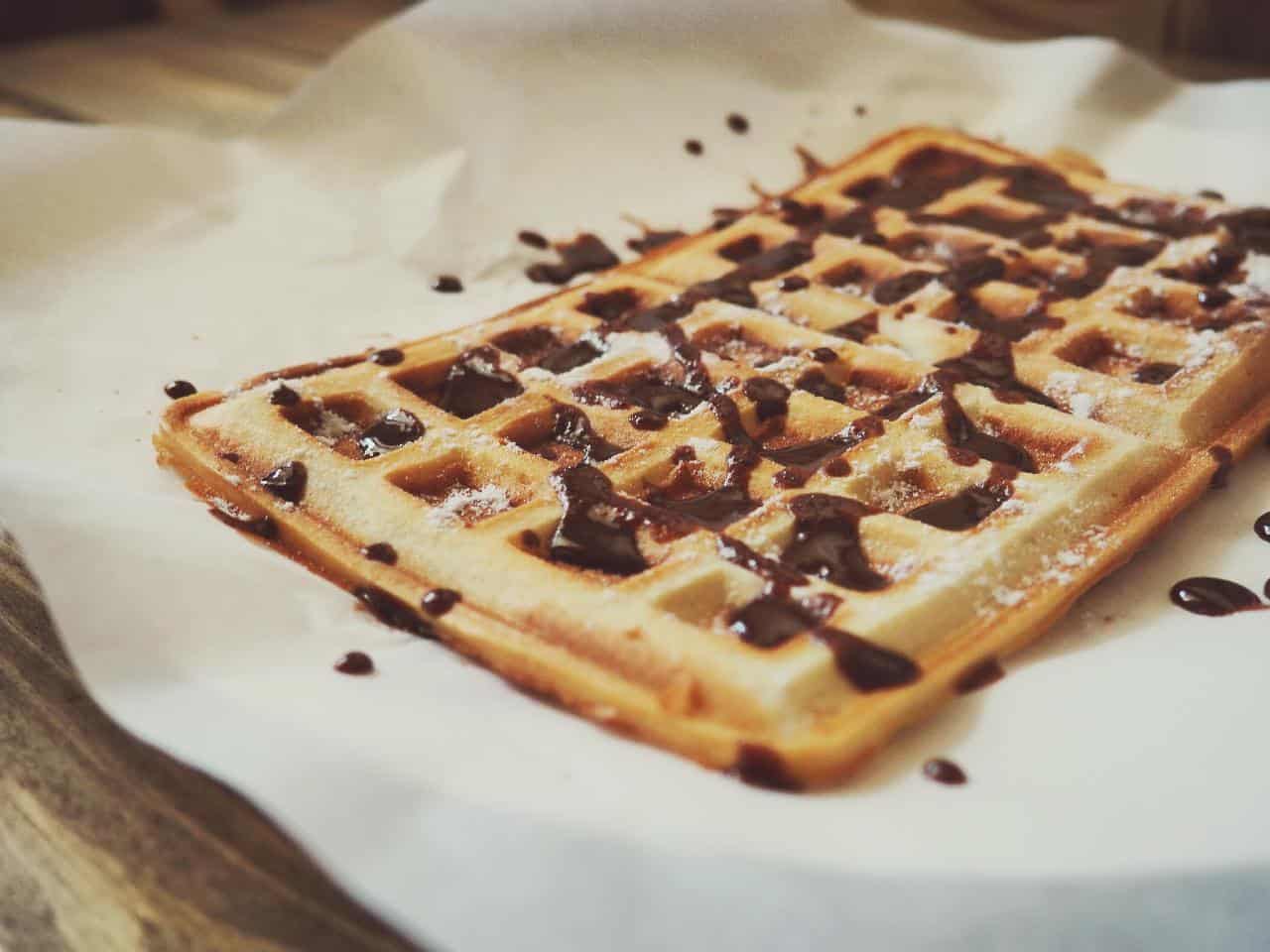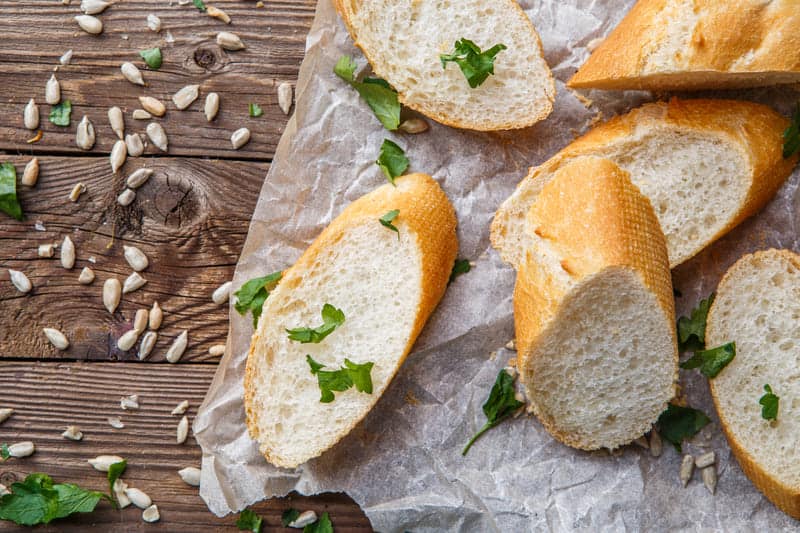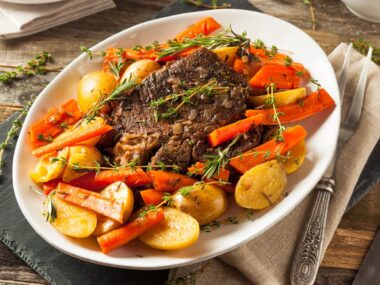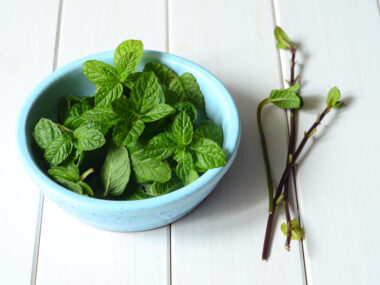Now that the holidays are nearing and you are probably going to start baking, you need more than the egg, flour, sugar, butter combination.
You also need baking paper. There’s another product that is similar to baking paper and it is called parchment paper. Now, these two can confuse you!
So, what’s the difference between baking paper and parchment paper? Well, baking paper and parchment paper are essentially the same.
The only difference between would be the color. One is white and translucent whereas the other is brown and translucent.
In today’s article, we will help you to distinguish between baking paper and parchment paper so that you won’t stand in the middle of an aisle wondering if both are the same or different.
What Is Baking Paper?
Baking paper, also called bakery paper, silicon paper, or butter paper. It is also known as parchment paper in some countries. As some of its alternative names suggest, baking paper is mostly made using silicone.
It is a non-stick paper that is used for baking cookies, cakes, or meatballs. It is often used to line pans, trays, or tins so that your batter or whatever you’re cooking doesn’t stick to the tray or pan you are using to cook.
Baking paper is manufactured by immersing paper pulp in chemicals like zinc chloride, or by coating paper with a silicone-like substance. It is a great substitute for cooking grease and wax paper.
You can also use it as a stencil, template, icing cone, or bag. Baking paper is resistant to heat and usually has a slightly transparent white color.
What Is Parchment Paper?
Parchment paper, also known as vegetable parchment or bakery paper, is a plant-based or cellulose-based non-stick paper, used for cooking or baking. Its qualities are non-stickiness, grease resistance, and humidity resistance.
Sheets of paper pulp are put into a bath of sulfuric acid or, more rarely, zinc chloride to produce vegetable parchment paper. There are both bleached and unbleached for parchment papers.
Many cooks use it to line baking pans because it has a double-sided, nonstick surface that repels water and oil. Food can also be wrapped in parchment, a process termed en papillote by the French.
En papillote is a cooking method in which foods like salmon or chicken, are steamed or cooked inside tight pouches formed of parchment paper. Both fruits and veggies can be cooked in this same method too.
The parchment paper should not be confused with wax paper.
They have different compositions but most recipes that call for wax paper as a nonstick surface can be done with parchment paper. The opposite cannot be done, as using wax paper causes smoke in the oven and will affect the taste of the food.
Parchment paper was once used to write and send messages between territories.
Those days parchment papers were thick and were made of papyrus. Nowadays, while still being cellulite-based, parchment papers are thinner and sort of transparent.
It is now used in different industries including fabrics, furniture, and cooking. Parchment papers are mostly brown in color and translucent.
Baking Paper Vs Parchment Paper: What’s The Difference?
The terms “baking paper” and “parchment paper” are synonymous. Their names are used interchangeably by different countries or by different people.
In some parts of the United States of America, baking paper is usually known as bakery paper or parchment paper. And baking paper is known as parchment paper in Europe, the United Kingdom, and other parts of the world.
Thus, when you want to cook something and the recipe asks for parchment paper while another recipe asks for baking paper to cook the same thing, keep in mind that both are the same things and are made of cellulose and silicone.
The only difference between the two of them would probably be the color. The parchment paper is brown and translucent while the baking paper is white and translucent.
Baking Paper Vs Parchment Paper Vs Wax Paper
Baking paper and parchment paper are the same, so an alternative would be wax paper. Parchment paper and wax paper are similar. However, they also have differences that distinguish them.
Wax paper is a thin sheet of paper that has been treated with soybean-based or paraffin wax to make it nonstick and resistant to moisture fluctuations.
It aids in the retention of water, ensuring that juicy foods stay wet and crunchy items do not go soggy. As a result, wax paper is ideal for both food storage and presentation.
Wax paper cannot be used for baking, however parchment paper may. Although parchment paper is oven-safe, putting wax paper in the oven might cause it to melt and catch on fire.
The obvious difference between wax and parchment paper is that one is made of wax and the other one is made from silicon.
Wax paper cannot be used inside an oven because it’s a fire hazard but you can use parchment paper that is heat resistant because it’s made of silicon.
But for other purposes like freezing, storing, funneling, you can use both of them safely. Apart from its material, wax paper and parchment paper don’t have many differences.
Wax Paper Vs Parchment Paper: Comparison Table
The table below denotes the various differences between wax papers and parchment papers:
| Category | Wax paper | Parchment paper |
| Coating | Paraffin wax or soybean coating | Silicone coating. |
| Used for | Usually used for storing, wrapping, or freezing purposes. Can also be used when baking but proceed with caution. | Mostly used for baking purposes but can also fill in for wax paper in its absence. |
| Durability | When compared to baking paper, wax papers are not as durable. | Baking papers are created from thick paper fibers and are fairly durable. |
Parchment Paper Vs Aluminum Foil
Foil is best used when you want to grill something. Like kebab or steak or chicken wings or even pizza. Because aluminum foil is oven safe, it’s ideal for lining baking sheets. However, lining the bottom of the oven with foil to catch spills and drips is not recommended.
Aluminum foil is oven-friendly. However, you shouldn’t use it for baking in a microwave because the material is not as heat resilient as bakery paper.
Using aluminum foil to line the tray while cooking is a better option if you want to clean up quickly. But, foils don’t have non-stick properties like parchment paper or bakery paper. This means you will have a little bit of foil stuck to whatever you cooked.
Parchment Paper Vs Butter Paper
Butter paper is simply another name that is used instead of bakery paper. It is one of the many varieties that people call parchment paper.
Butter paper is a non-sticky fiber paper that is used as a disposable non-stick surface in baking. It is thin, resistant to heat, nonstick, and has very low water absorption.
It is also known as bakery paper, baking paper, or grease-proof paper. This paper is often used to line cake pans and baking trays, as well as to wrap butter and margarine.
Related Questions
What can I use to substitute for parchment paper?
You may not have parchment paper laying around when you have finally decided to bake something. So here are some alternatives that you can use:
- Aluminum Foil
- Silicone Pad
- Cooking Oil
- Non-stick spray
Should I use parchment paper when baking a cake?
You should always line your cake pan with parchment paper or any other baking paper so that the cake doesn’t stick to the pan. Lining the cake pan with parchment paper will ensure that the cake doesn’t stick to the pan and that it comes out in one piece.
Why did my cake stick to the parchment paper?
The reason your cake is sticking to the parchment paper is that condensation has formed and is gluing the paper and cake together. To solve this, you should turn the cake out of the pan onto the cooling rack. Make sure to grease the rack before you do so.
Final Thoughts
Although it might be confusing, parchment paper and baking paper are basically the same things. The names are used interchangeably. Apart from baking paper, parchment paper is also called bakery paper, grease-proof paper, butter paper, and so on.
